 DeFi resurgence 2025: Layer-1 leaders poised for a post-Biden comeback Shane Neagle · 56 seconds ago · 5 min read
DeFi resurgence 2025: Layer-1 leaders poised for a post-Biden comeback Shane Neagle · 56 seconds ago · 5 min read
Amid crypto winter's thaw, Ethereum, Avalanche, and Cardano lead potential Layer-1 resurgence.

Cover art/illustration via CryptoSlate. Image includes combined content which may include AI-generated content.
The following is a guest post and analysis from Shane Neagle, Editor In Chief from The Tokenist.
Although the Terra (LUNA) collapse pricked the crypto bubble in May 2022, it took the FTX exchange catastrophe to firmly pop it at the year’s end. Ever since, the blockchain narrative has been supplanted by the AI hype. Moreover, during the Biden administration, the crypto space entered a vulnerable state of constant harassment and debanking.
This was at a time when digital assets needed to shore up, evolve, and recover from the overleveraged string of busts during 2022. Fortunately, the crypto-friendly Trump administration is now presenting a real path to recovery — to a blockchain-based decentralized finance (DeFi). This is already evident by the rise in capital across dApps.
Now at $156 billion DeFi total value locked (TVL), this marks a return to the first half of 2022. Likewise, Ethereum (ETH) price drastically outperformed Bitcoin (BTC) over the last month, at +53% vs. -1%, respectively. This is a clear sign that an altcoin season is ramping up — but which primary Layer-1 chains should crypto enthusiasts consider for long-term exposure?
Ethereum (ETH)
As the second-largest blockchain network and the DeFi vanguard, Ethereum is an obvious choice. Yet, it should not be overlooked merely for that reason, albeit within some caveats. There are two key aspects to Ethereum that are attractive as the primary exposure to the DeFi narrative.
Ethereum has the first-mover advantage, which generated the highest developer activity, ecosystem momentum, and scaling through Layer-2 networks such as Base, Polygon, Unichain, Optimism, Arbitrum, and others.
After introducing the token-burning mechanism with EIP 1559, Ethereum’s inflation rate is on par with Bitcoin (post-4th halving) at around 0.75%. Although Bitcoin’s inflation rate will continue to drop with more successive halvings, ETH could be considered sound money compared to the dollar with its 2% target inflation rate.
In other words, despite having an elastic token supply — generated by staking — compared to Bitcoin’s fixed supply, it is self-adjusting. As dApp activity rises on the mainnet, more ETH is burned. And after the Pectra upgrade, which made L2 networks more efficient with Blob Space, the burn rate has doubled.
Together with account abstraction and further Ethereum scaling with sharding, Ethereum is future-proofing itself to handle DeFi traffic while keeping transaction fees low. In turn, this ties in with the ongoing stablecoin push with the GENIUS Act.
Ethereum has the most diversified stablecoin ecosystem, holding $138.6 billion in stablecoins. This is half of the total $272.6 billion stablecoin market cap, according to DeFiLlama. As the bridging currency that brings the familiarity of the dollar in tokenized form, stablecoins are the first interaction for most people, leading to wider DeFi exposure.
Moreover, when Circle announced the launch of its ARC blockchain for stablecoin traffic, one should note it is an EVM-compatible L1 network.
Superficially, this may seem bearish for Ethereum as stablecoin transactions could shift away from Ethereum. In reality, it is bullish because it signals Ethereum’s integration into enterprise-grade liquidity through cross-chains and Ethereum’s L2 ecosystem.
All of these factors are now driving up Ether accumulation across treasuries. According to the Strategic ETH Reserve tracker, they have accumulated 3.57 million ETH worth around $16.58 billion. Effectively, Ether treasuries are likely to have the same effect on ETH price that spot-traded Bitcoin ETFs had on the BTC price.
But does that mean investors should go all in on ETH? For existing ETH holders, they should consider locking in profits in the following few months. Historically, when Ethereum’s Market Value to Realized Value ratio (MVRV) is above 3.0, it signals a peak before a selloff.
After the Fed’s likely interest rate cut in September, Ethereum’s MVRV ratio should start rising to that level. Following the market correction, this is when new investors should gain ETH exposure. According to a recent FundStrat forecast, ETH price is likely to reach $10,000 by the year’s end.
Avalanche (AVAX)
Since its launch in 2020, this L1 network has caught attention with its novel approach to blockchain architecture design. Namely, Avalanche divides workload through X-Chain for asset exchange, C-Chain to execute EVM-compatible smart contracts, and P-Chain for managing subnets, validators, and staking.
The implication of this design results in an effortless export of Ethereum dApps in addition to customized subnets. If an organization values financial privacy, it could create unique governance and consensus rules for its subnet. This opens the door to a wide range of use cases in banking, healthcare, supply chains, and private funds.
Case in point, FIFA picked Avalanche in May for its NFT deployment. Most recently, the Avalanche Foundation launched its $50 million accelerator program to fund blockchain gaming.
In terms of tokenomics, 90% of AVAX token supply is unlocked out of a total supply of 458.1 million, from the initial mining of 360 million AVAX. In Q2 2025, the annualized inflation rate remained at 3.8%, following a dynamic schedule driven by the amount of AVAX staked and the staking period.
Although this makes AVAX inflationary compared to Ethereum or Bitcoin, the AVAX token still has a hard cap of 720 million.
AVAX token price is likely to go up as more services are launched. To name a few: lending service Euler Finance, Nexpace (MapleStory N), VanEck’s VBILL treasury fund, Watr’s commodity trading, and Dinari’s tokenized securities.
This burst of activity increased average daily active addresses by 210% on a quarterly basis, according to Messari data. Over the last month, AVAX is up 18%, currently priced at $25 per token. The potential for gains is high, as AVAX reached multiple $50 peaks during 2024. Reminder: this was still during the crypto-hostile Biden administration.
Cardano (ADA)
Following an academic approach to blockchain development, Cardano is closely tied to Ethereum’s origins, as its co-founder Charles Hoskinson founded Cardano due to differences in how Ethereum should be organizationally set up. Over the years, Cardano gained a perception as the “left-behind” chain, with Solana (SOL) gaining prominence as Ethereum’s competitor.
Nonetheless, Cardano’s roadmap is progressing, and its ecosystem is slowly building up. In early 2024, Cardano gained its own USDM stablecoin, issued by fully compliant Moneta, even meeting Europe’s strict MiCA standard. Likewise, the Norwegian Block Exchange (NBX) onboarded USDM.
In the scaling department, Cardano advanced Hydra Layer-2 scaling for off-chain transactions and launched Mithril for lightweight node synchronization. By the year’s end, Ouroboros Peras is set to drastically reduce transaction settlement times. Together with Ouroboros Leios, Cardano is likely to be as performant in transaction throughput as Solana.
Zero-knowledge (ZK) smart contracts are also set for mainnet launch in late 2025, bringing privacy, scalability, and interoperability to the Cardano table. In addition to the privacy-focused Midnight project, Cardano is surrounded by positive narratives.
Another positive narrative from a sound money-wise perspective is that Cardano’s inflation rate is on par with Ethereum. In Q1, it was at 0.7% annually, while trending downward owing to the interplay between 5-day 0.3% expansion epochs, the hard cap of 45 billion ADA, transaction fees, and staking participation.
Year-to-date, ADA is up 2.5%, still under the dollar per token. In September 2021, ADA reached its all-time high price of $3.10. This makes it one of the cheapest blockchain exposures. And because Cardano has been dismissed so many times, its upside potential is amplified if its roadmap delivers as planned. In the stock market, dividend growth investing follows a similar principle of patience and compounding returns.





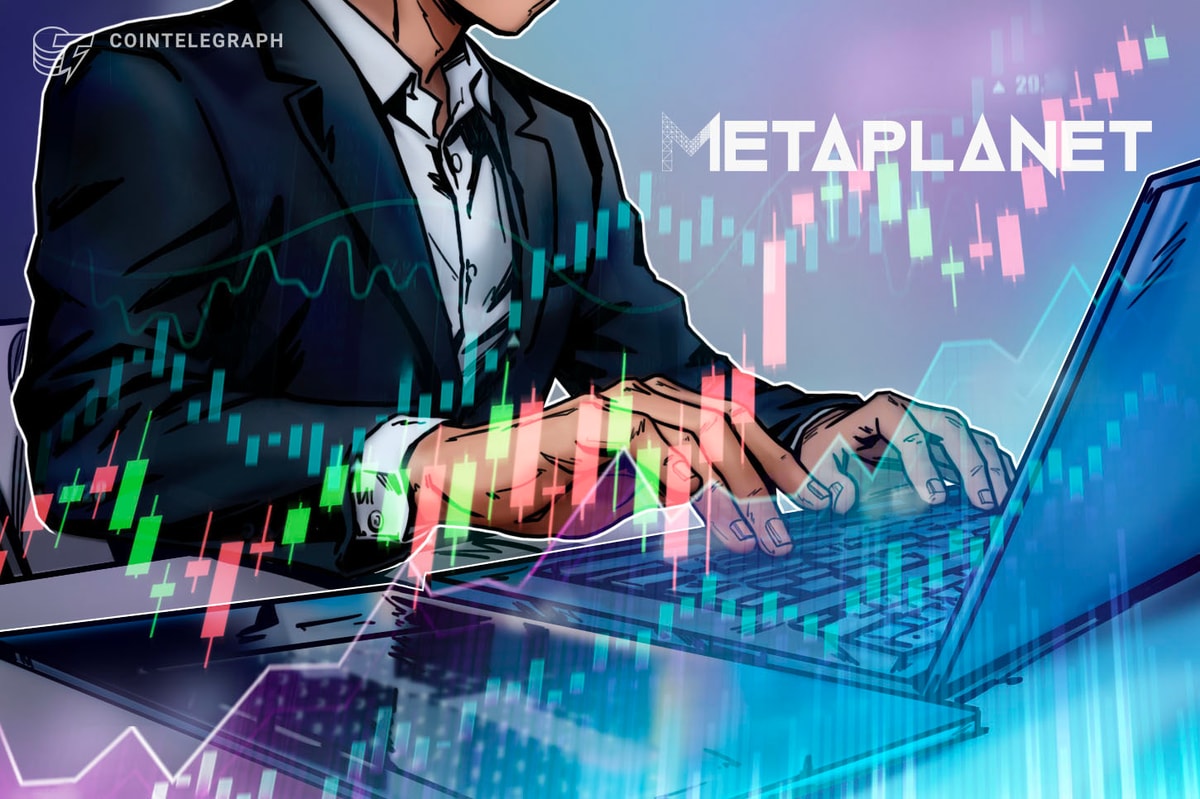


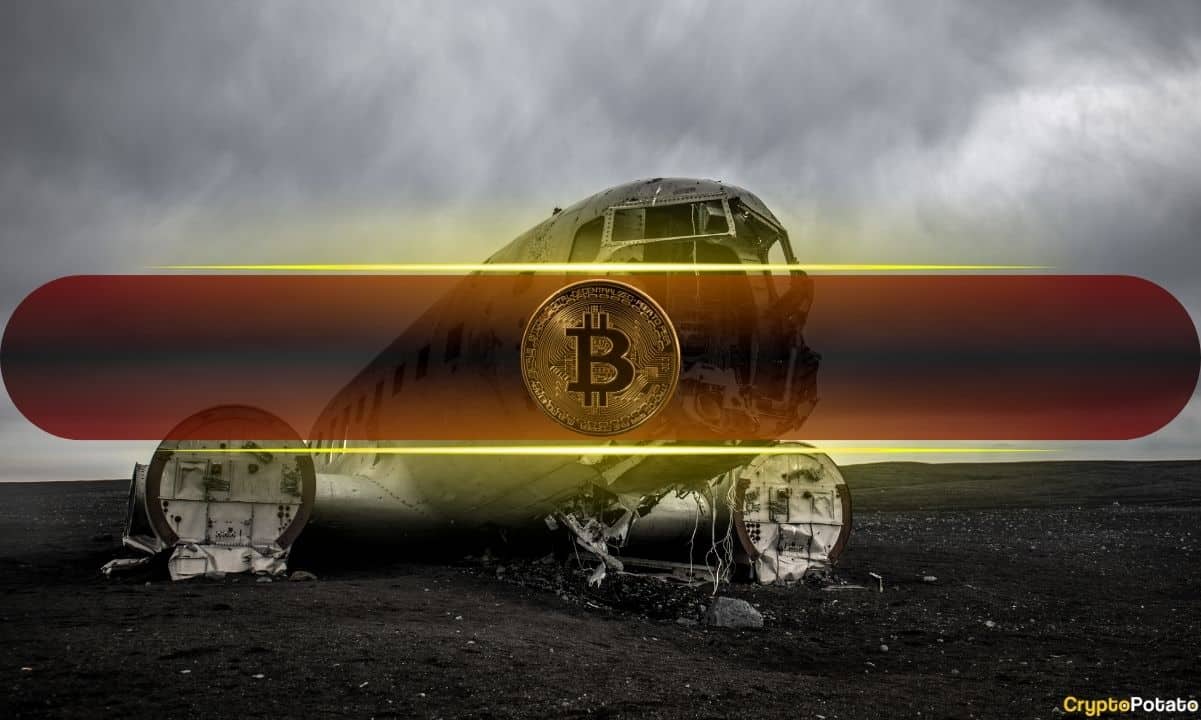

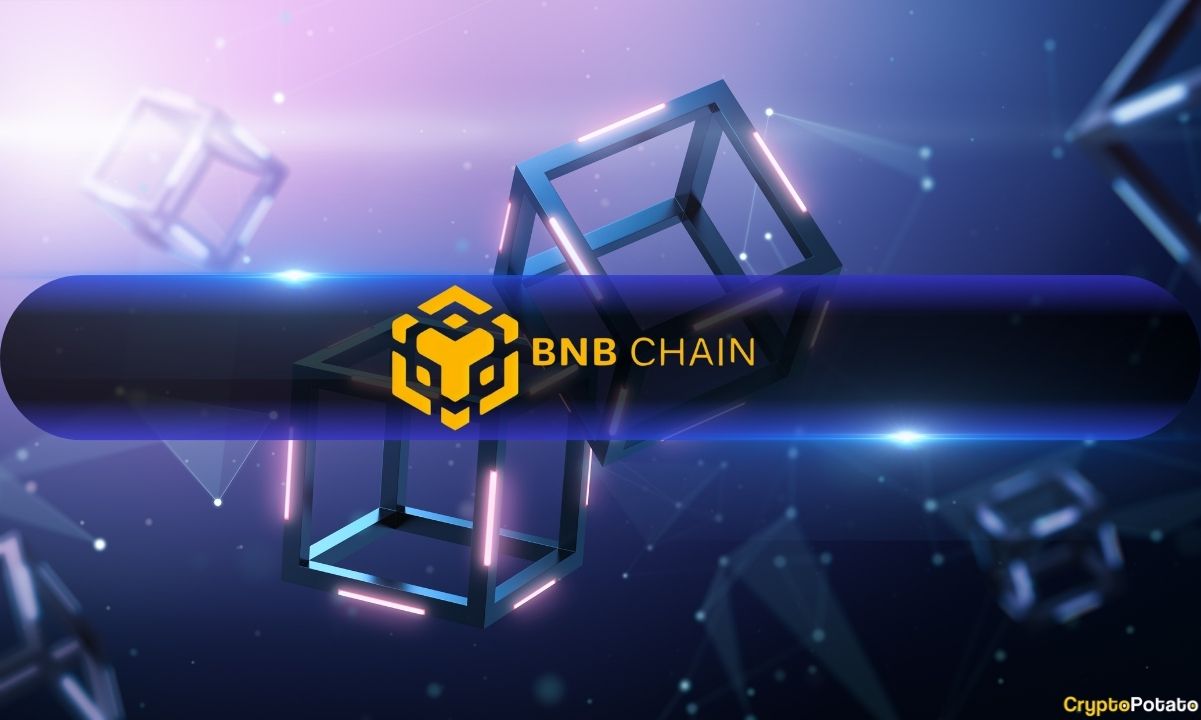

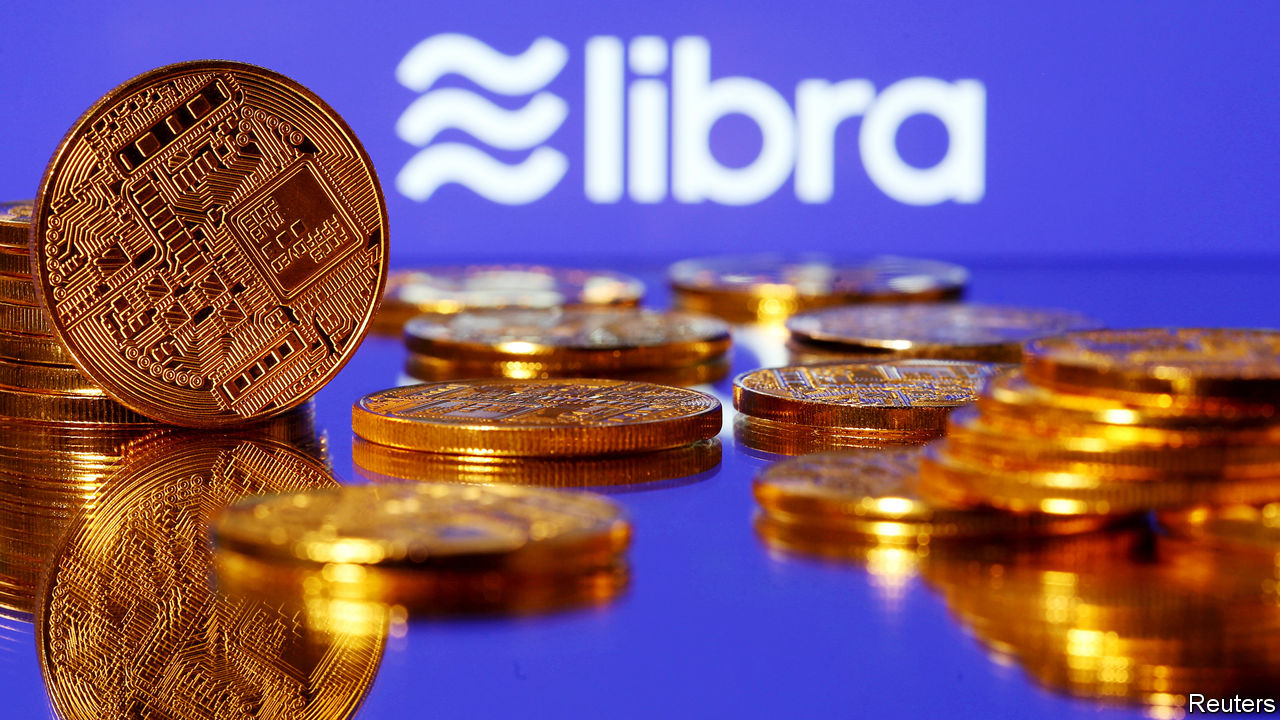

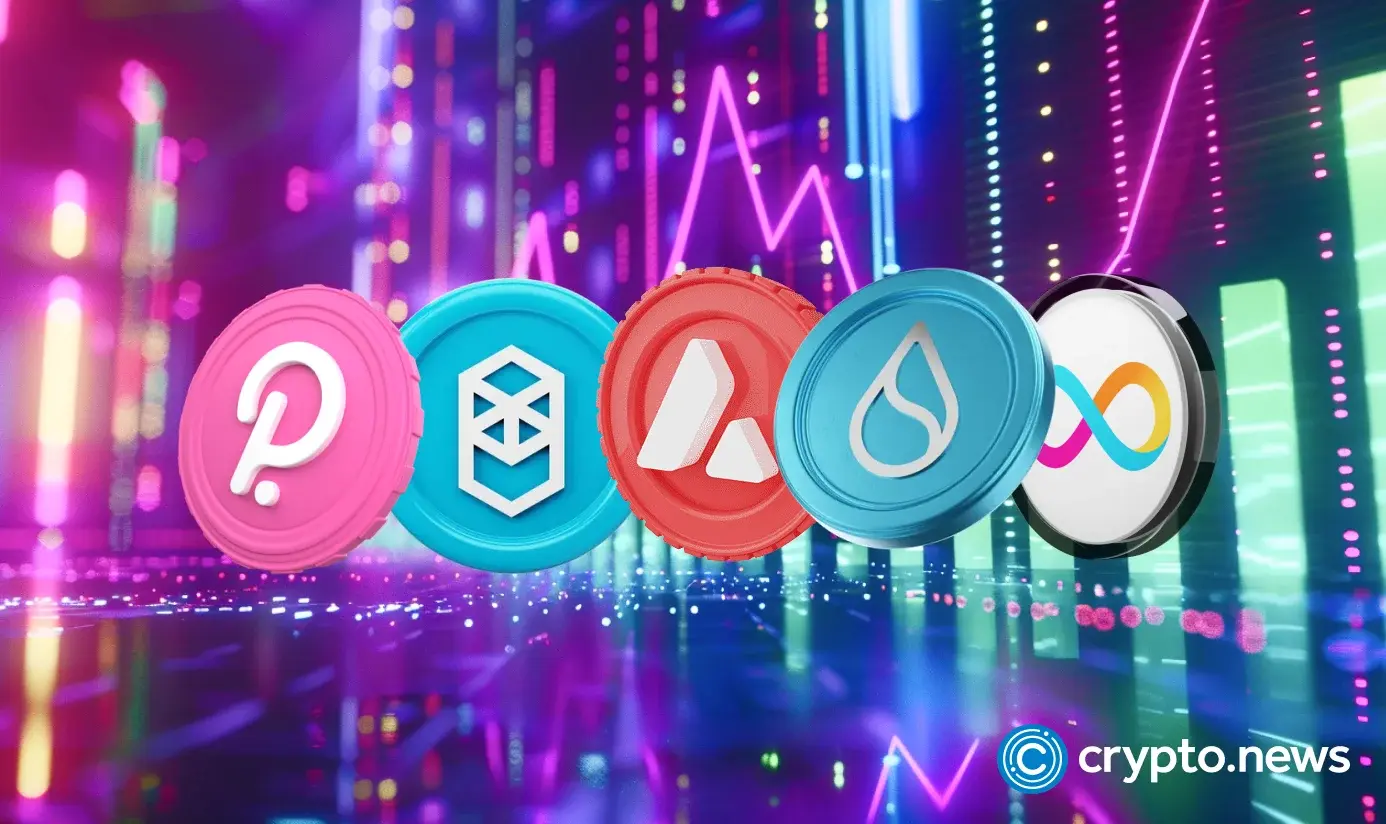

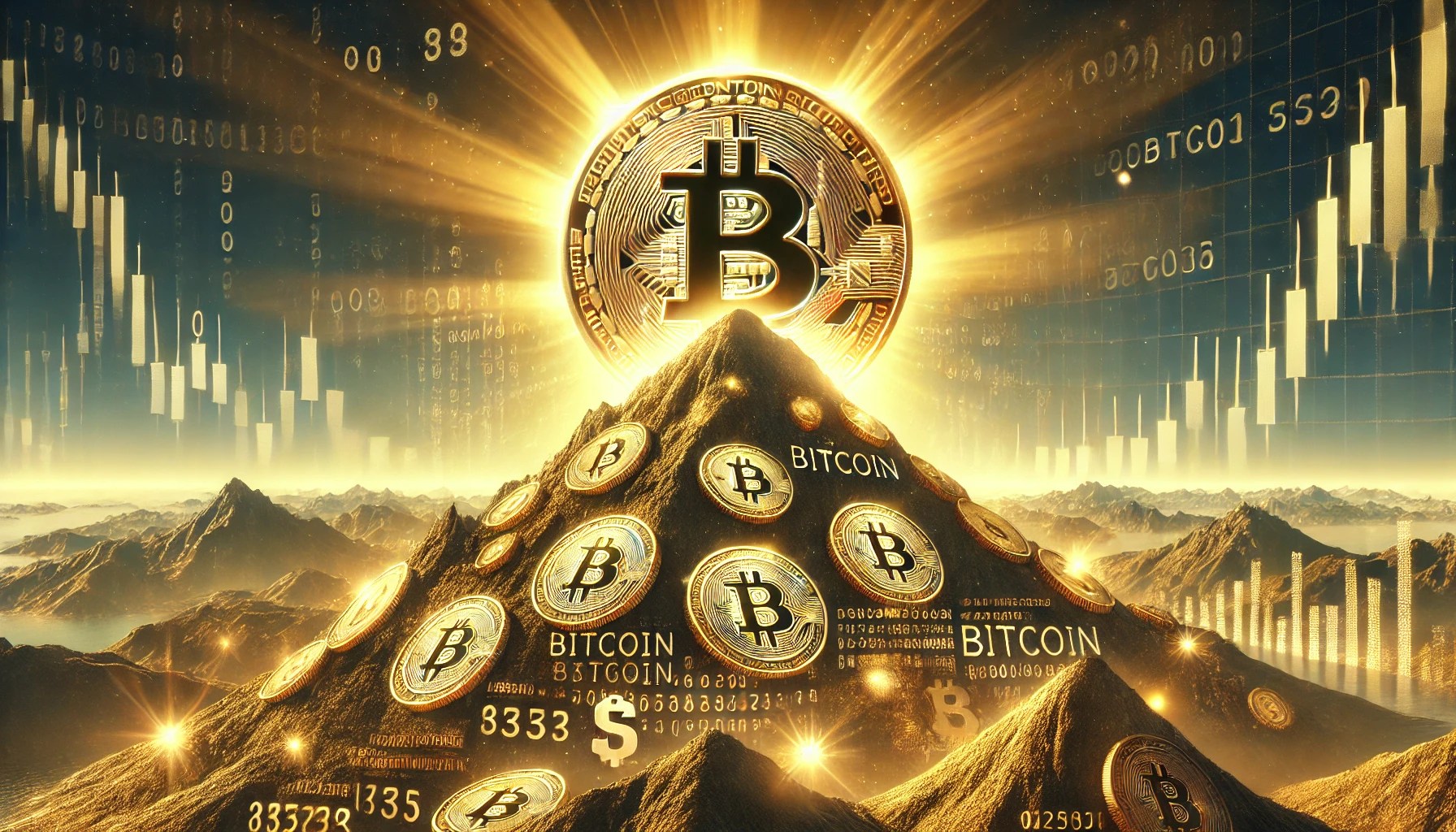


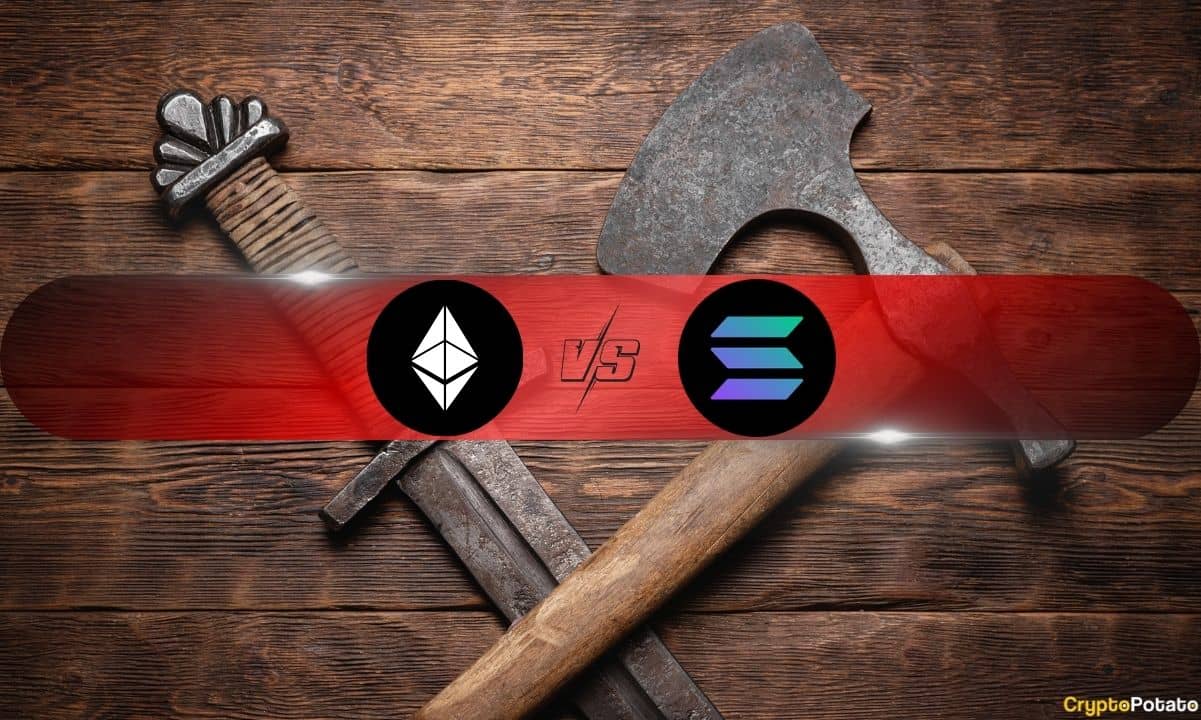
 English (US) ·
English (US) ·